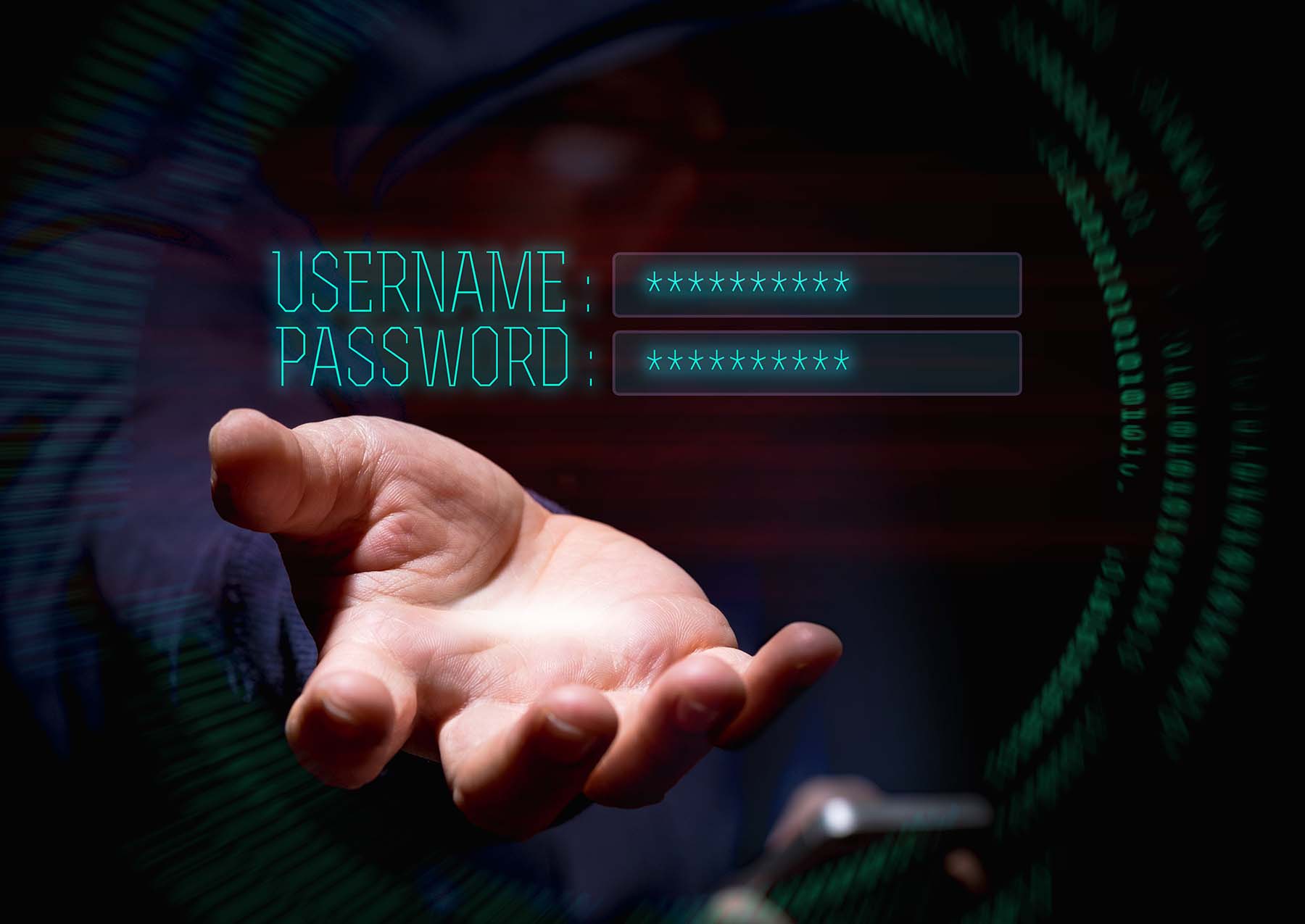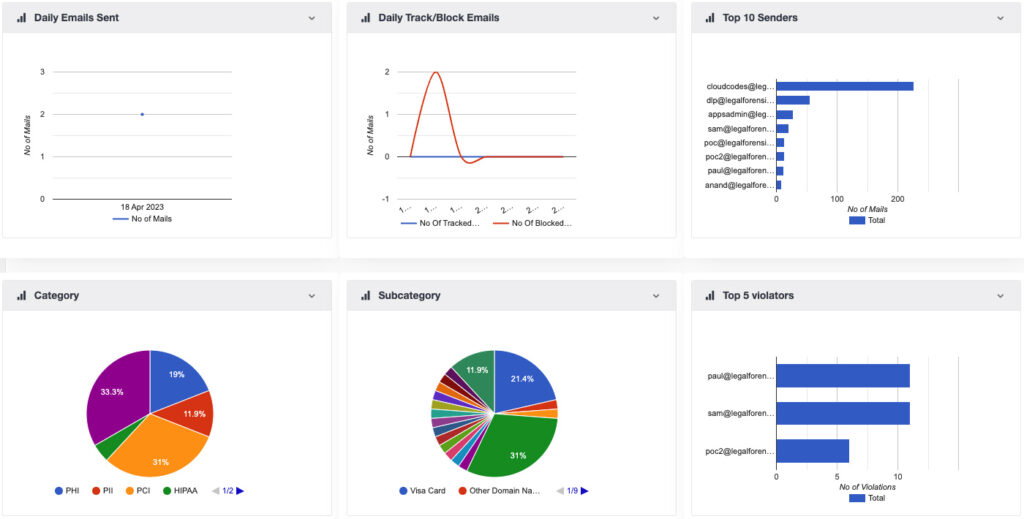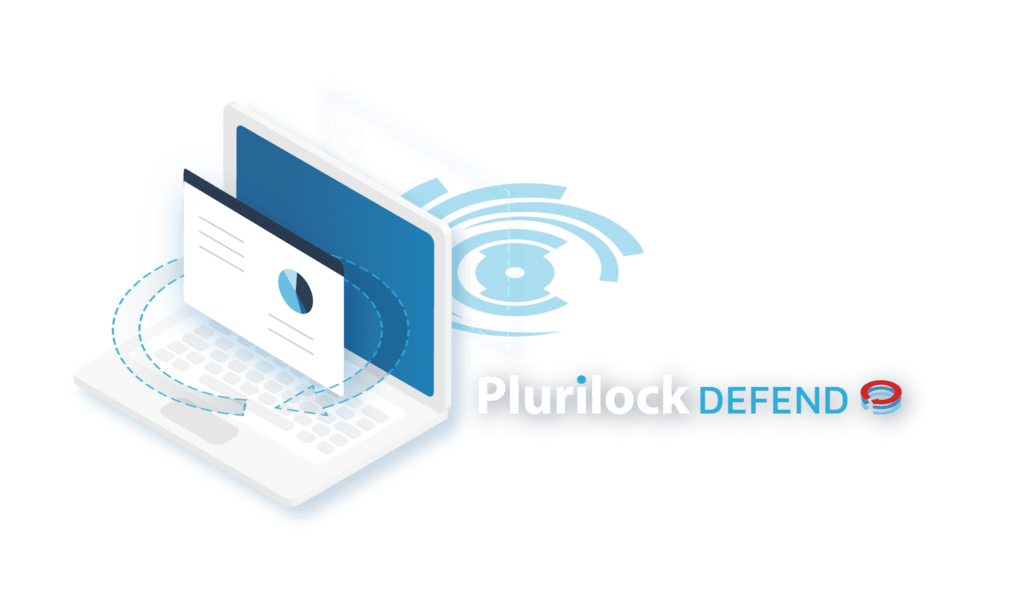
Bridging the Gap: The Challenge of Finding Cybersecurity Allies in the Midst of Crisis
In an era dominated by technological advancements, our dependence on digital infrastructure has never been more pronounced. However, with this increased reliance comes an elevated risk of cybersecurity threats, which

Bridging the Gap: The Challenge of Finding Cybersecurity Allies in the Midst of Crisis
In an era dominated by technological advancements, our dependence on digital infrastructure has never been more pronounced. However, with this increased reliance comes an elevated risk of cybersecurity threats, which

Bridging the Gap: The Challenge of Finding Cybersecurity Allies in the Midst of Crisis
In an era dominated by technological advancements, our dependence on digital infrastructure has never been more pronounced. However, with this increased reliance comes an elevated risk of cybersecurity threats, which
Previous

No, Cybersecurity Isn’t Beyond the Reach of Small Businesses and Organizations
If you’re a small business, a small organization of any kind, or an organization that lives at something of a

A Call for Responsible Governance of AI Use
In the dynamic realm of artificial intelligence (AI), organizations find themselves at a pivotal juncture, tasked with finding a way

Learning Technology in K-12 Schools Poses Unique Cybersecurity Challenges
Learning technology in K-12 schools poses unique cybersecurity challenges that aren’t often considered by the broader cybersecurity industry. Chrome OS

The Unparalleled Security Dance: YubiKey and Plurilock AI Cloud
At Plurilock, we understand the paramount importance of cloud security, and our mission since the beginning has been to pioneer

Empowering Insurance: The Role of Generative AI and AI Guardrails
In recent years, the insurance industry has undergone a transformative journey, leveraging cutting-edge technologies to enhance efficiency, accuracy, and customer

Lithium and Cobalt Supplies Are Among the Cybersecurity Battlegrounds Emerging due to Electrification
“Electrification” is one way to describe the fact that more things in the real world than ever before are now

How Digital Fatigue Turns Employees into Cyber Risks
In an era dominated by digital communication and information overload, the modern workplace is grappling with a silent adversary—digital fatigue.

How to Navigate the Generative AI Frontier—and Ensure AI Safety and Security in Your Business
In an era where innovation and technology are at the forefront of business operations, the integration of generative AI has

Social Engineering Attacks in Today’s World: A Looming Threat to Organizations
In today’s interconnected world, the threats that organizations face are evolving at an unprecedented pace. While cyberattacks and data breaches

Password Managers Don’t Replace SSO, and This is Why
We’ve been stuck with username-password identity for decades, and in 2023 everyone knows a few truisms about them: Users tend

Alert Fatigue Remains a Problem—and Needs a Different Class of Solutions
The average cost of a data breach in 2022 reached a record $3.86 million, yet the average time to identify

Cybersecurity’s Women are Breaking Barriers, Leading the Way—But We Need More of Them
In today’s interconnected world, where cyber threats are on the rise, the need for skilled professionals in the field of

“Shadow AI” Is Becoming a Problem in IT, and It’s Going to Get Worse
Generative AI has seen explosive growth in popularity this year. Platforms like ChatGPT and Bard are quickly becoming go-to tools

Announcing Early Access Program Availability of Plurilock AI PromptGuard
The first half of 2023 has seen explosive growth in AI adoption. Employees across every sector of the economy are

AI Means Companies are Leaking More Confidential Data Than Ever Before
Once a matter of science fiction, artificial intelligence (AI) has now been seamlessly integrated into our lives. Open your phone

Cyberattacks are Increasing in This Surprising Sector
When I mention the terms “ransomware attack” or “data breach,” what’s the first sector or business you think of? Most

Who is Lapsus$?
Who is Lapsus$? After claiming responsibility for high-profile attacks on major corporations like Microsoft, Okta, Samsung, Ubisoft, and NVIDIA at

Cybersecurity Positions and the Need To Think Differently
Introduction In the 1993 film Rookie of the Year, coach Larry Fisher, thinking differently while fighting to save his club


Safeguard your company data.
Stop unauthorized downloading, uploading, copy-pasting, emailing, and sharing.








